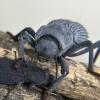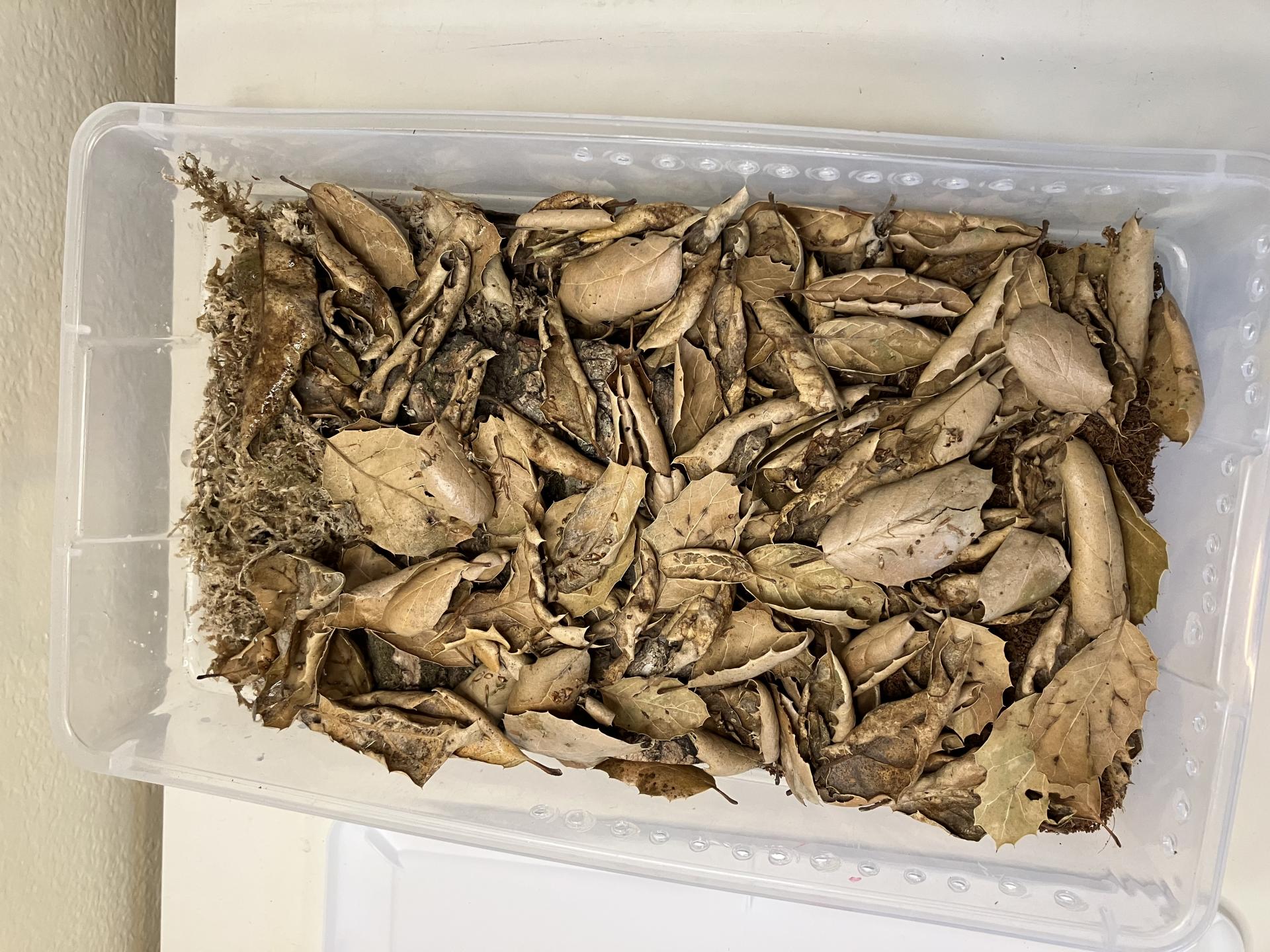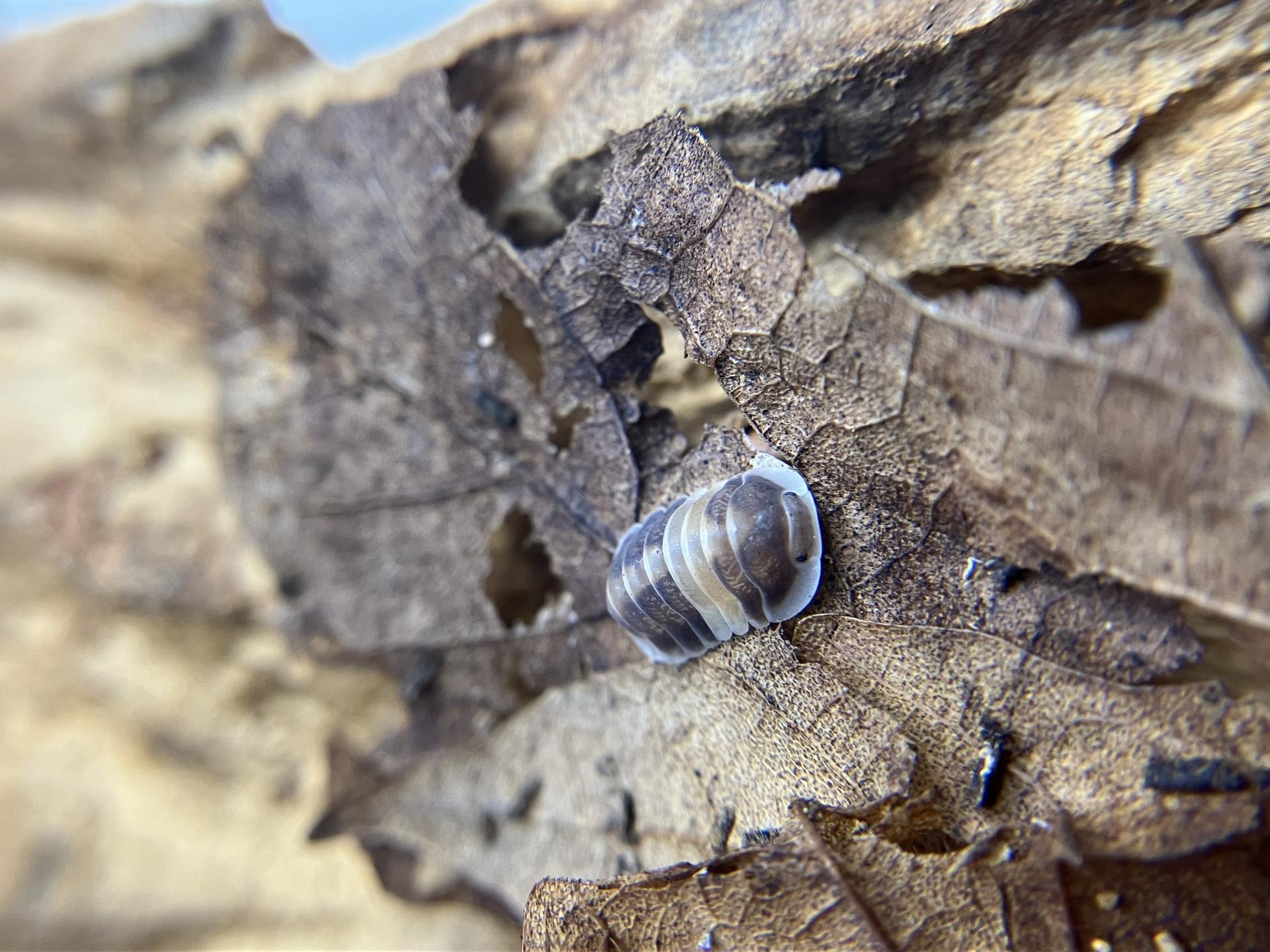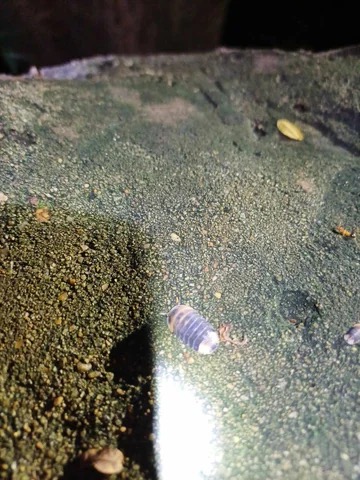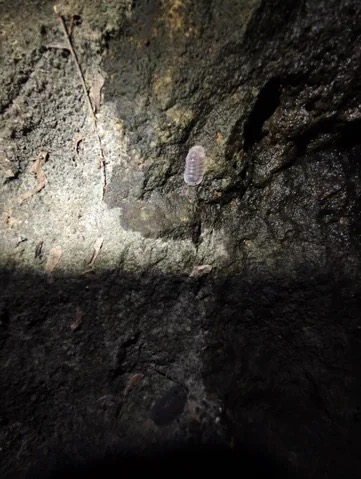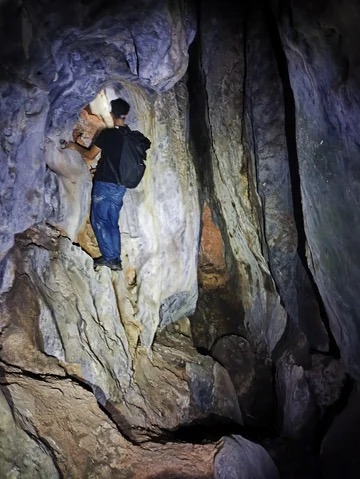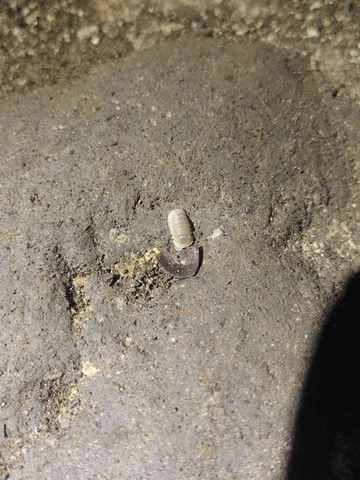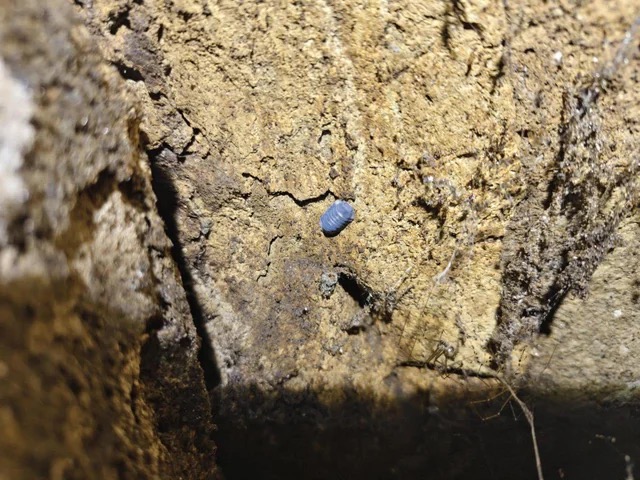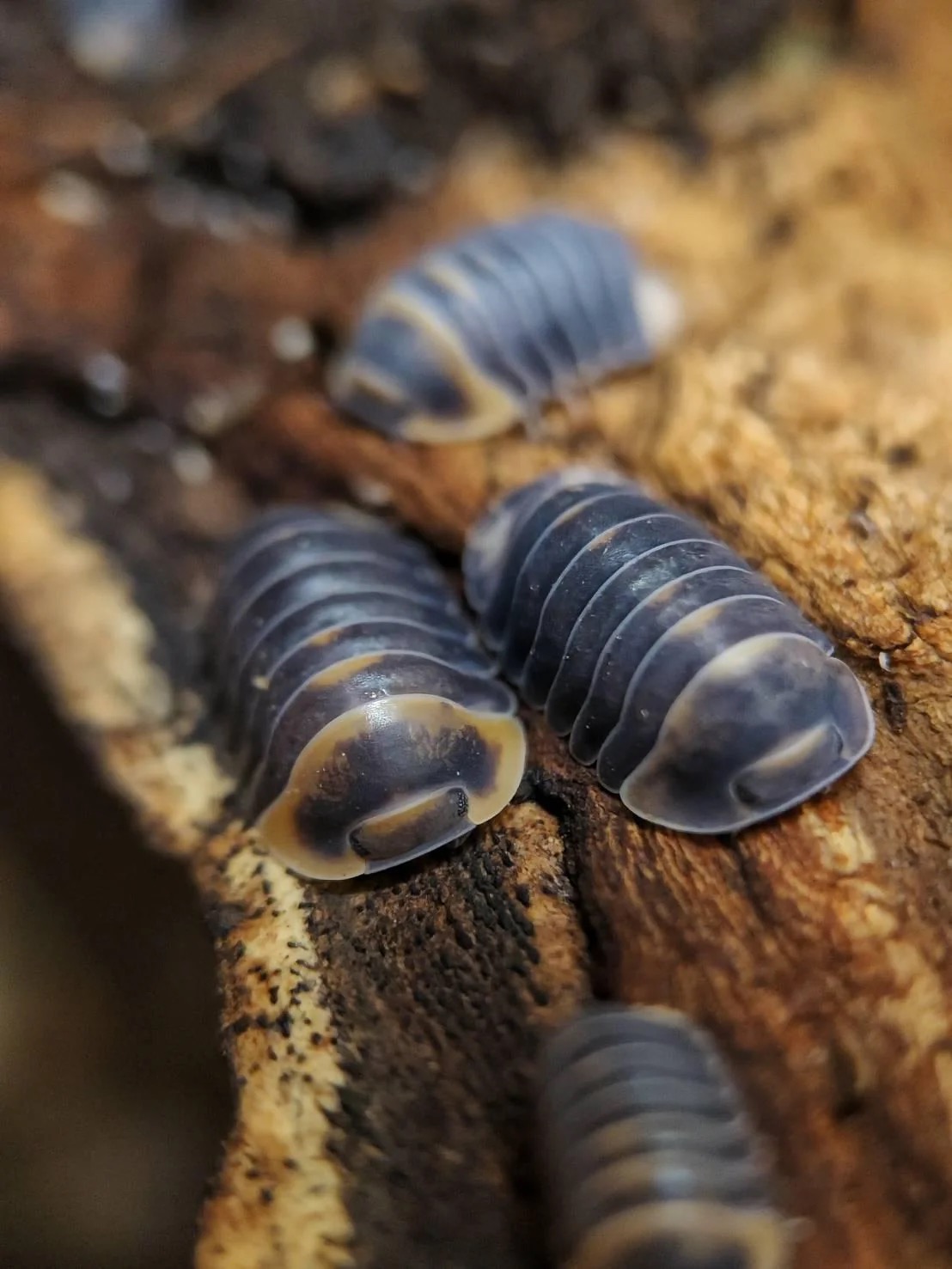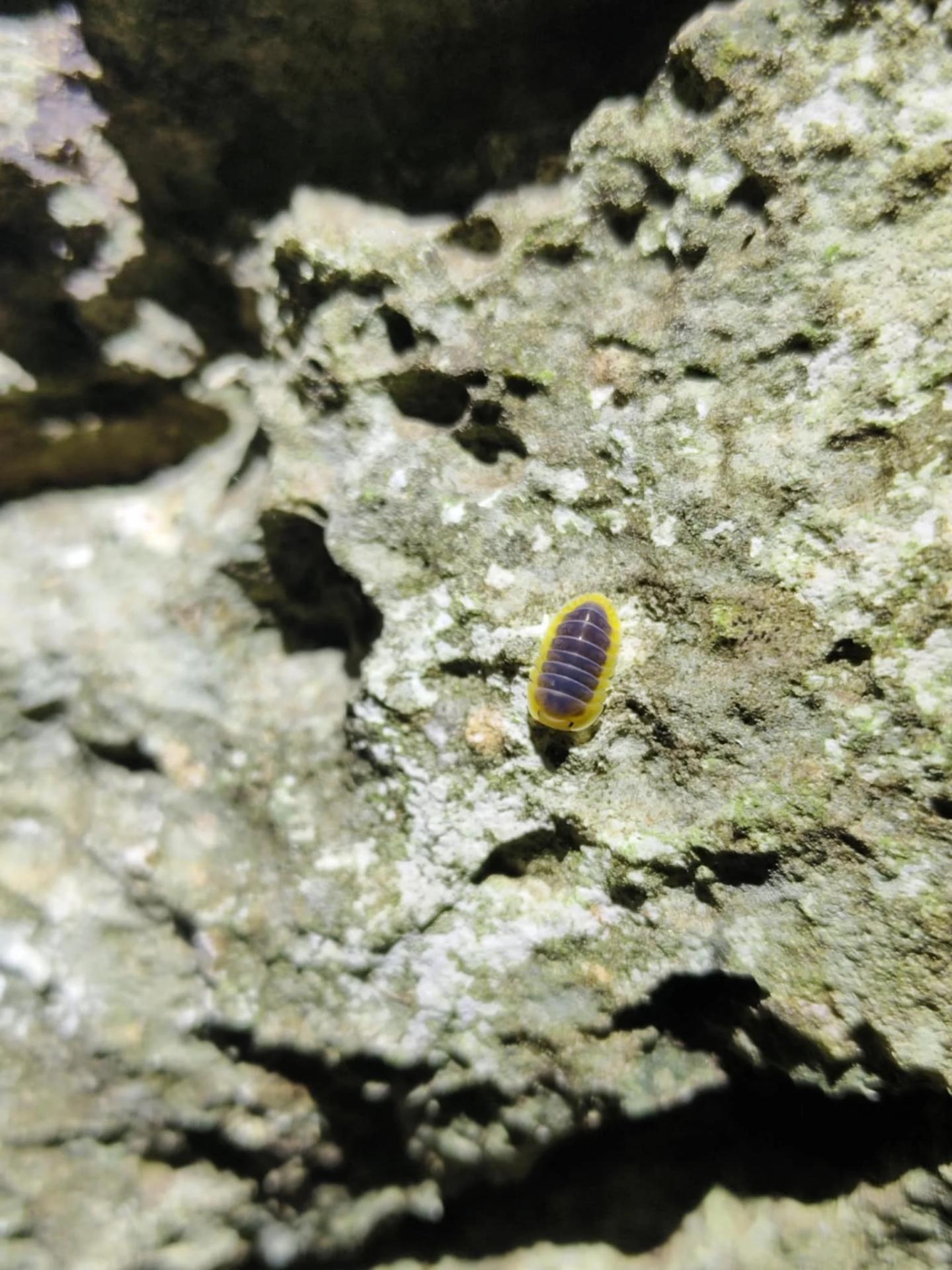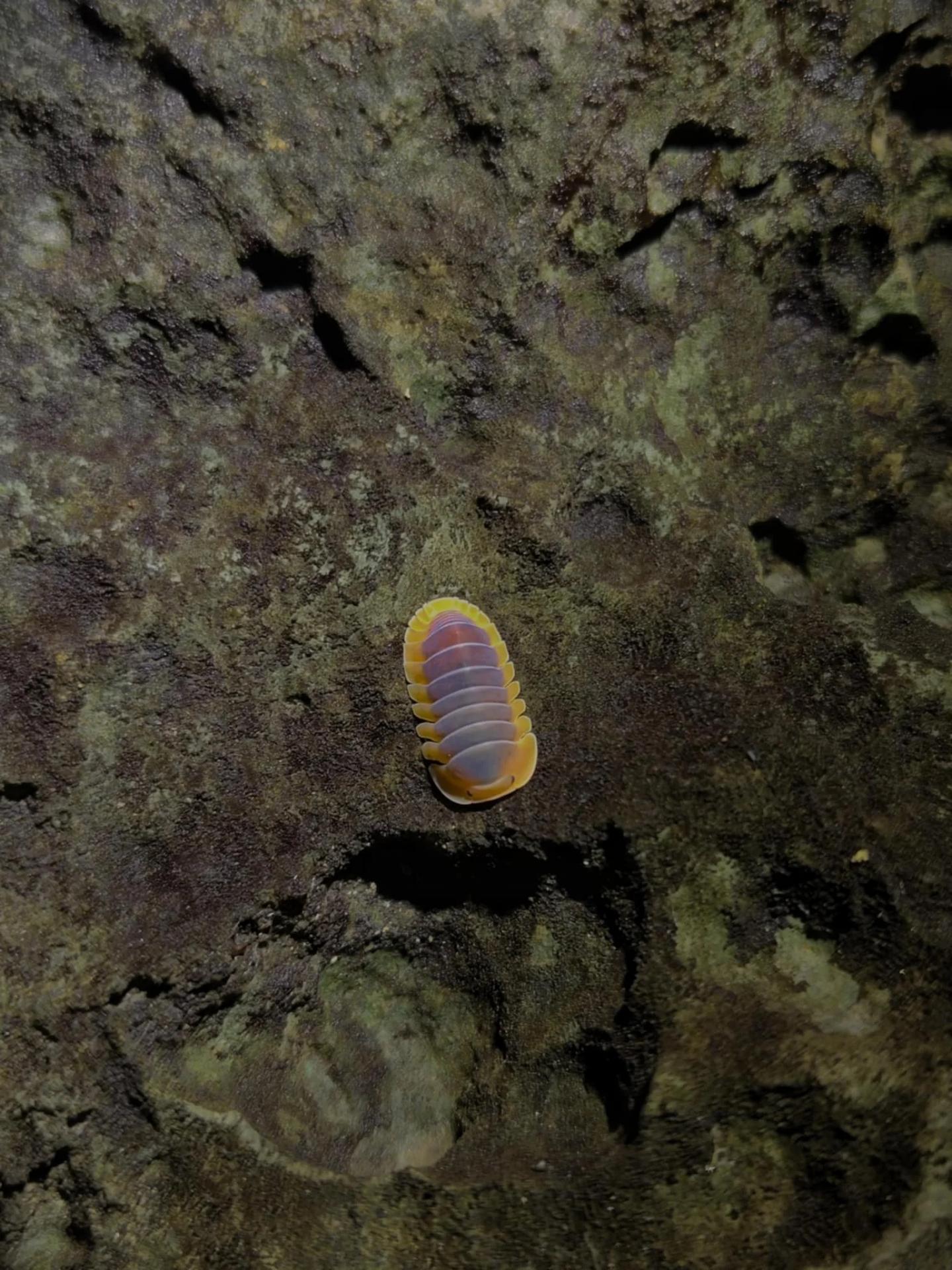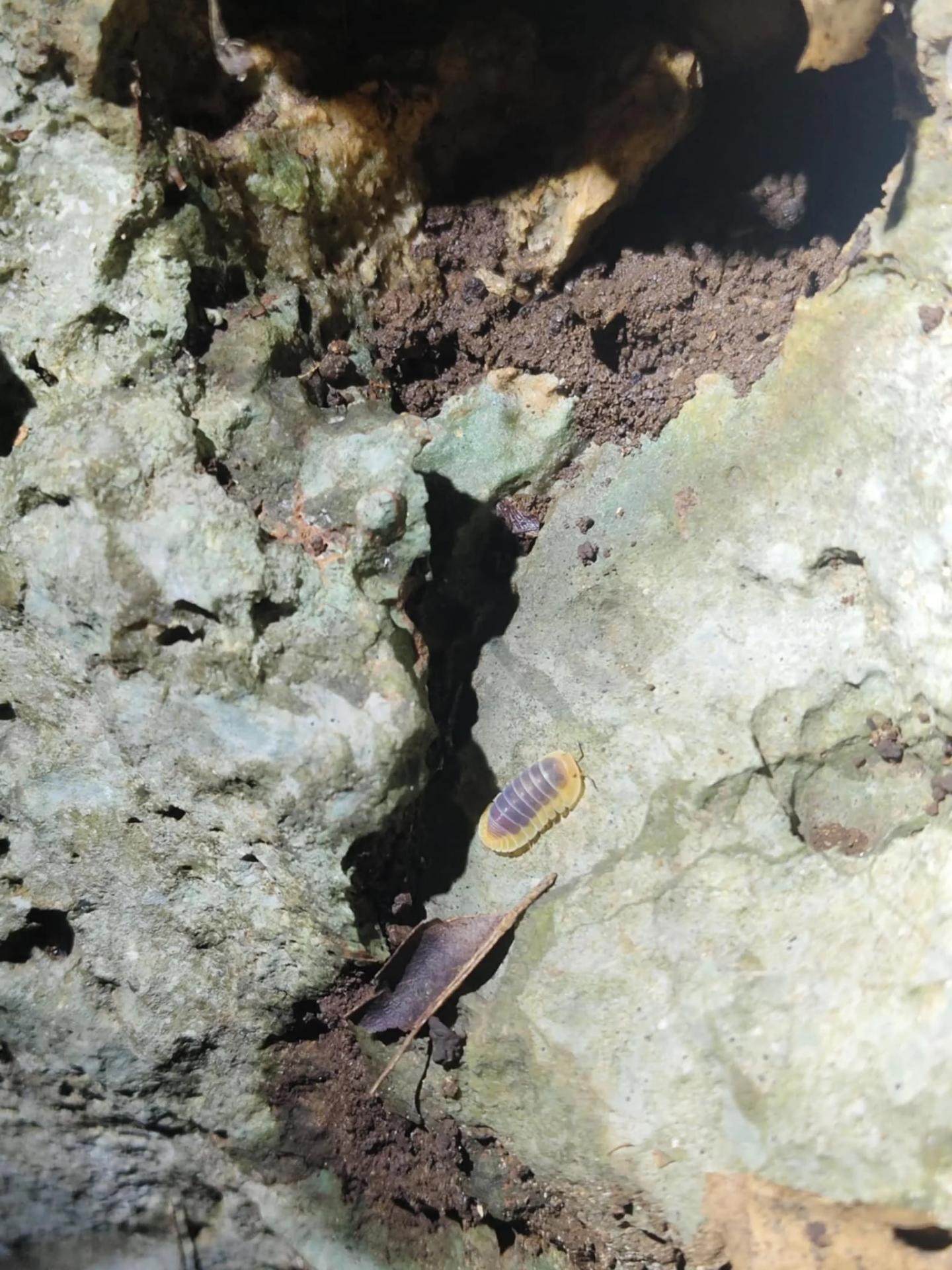Preface-
Hello! Have any of you seen an adorable rubber ducky isopod online? Well that's a Cubaris species! This guide will cover all aspects of the isopod genus Cubaris from photos from the wild to care in captivity. Cubaris have become somewhat trendy because of their cute ducky like face. But most people don't know a thing about Cubaris beyond care! If you want to learn about Cubaris then this in-depth guide is for you!
Section 1-Important things to know
Firstly a common misconception is that all things labeled Cubaris are indeed Cubaris. This is actually false more than it is true. Any isopod species that comes out of Asia are automatically called Cubaris. The taxonomy of isopods is very messy so if no genus matches a newly found isopod it is promptly labeled Cubaris and shipped off. Since so many new isopods are being discovered so fast science can't keep up so isopods get shoved into the genus Cubaris even when it's quite obvious they don't belong there. This practice is harmful as it spreads the false identification so much that many don't even realize what they have is not a Cubaris but something entirely different. In this post when I say Cubaris sp I am only calling it that because it's the name most people know it by and the closest genus it conforms to. Also remember that the care in this guide is generalized and the care for a specific species may have specific requirements not mentioned in this guide. Always do your research!
Section 2-Cubaris care
Cubaris are always said to be very hard to keep and very picky. I find this statement entirely false. Cubaris are usually very easy to keep as long as you follow basic isopod care. First you need an enclosure, a 6 quart bin is usually the hobby standard for a new colony. You need to add ventilation holes which can be added using a soldering iron, hot glue gun, or you can make a big hole and cover it in mesh. Make sure to be in a ventilated area preferably outdoors when dealign with melting plastic. Cubaris like to stay humid so only add holes on 50% of the bin to maintain a moisture gradient. Cross ventilation is preferred so poke holes along both sides of half the bin. Once you have proper ventilation setup you need to add soil. Cubaris love to dig so use at least 4 inches of substrate. Make sure to use organic soil with no pesticides or fertilizer in it. Coco coir and peat moss can work as well but be sure to eat add some organic content. Once you fill the bin with soil dig out a small little trench in the very back of the bin on the half with no ventilation holes. Then fill it with some moist long fiber sphagnum moss. After all that's completed cover the entire bin in leaf litter. Leaf litter is the most important thing for Cubaris. It makes up the majority of their diet. Make sure to allow the dry side to get slightly dry. No more than 10% of the bin on the very dry side should be dry. Cubaris are tropical isopods after all. For supplements to their diet give them very small amount of things like carrots, fish flakes, fish pellets, and other protein. Make sure to provide a calcium source for your isopods. A piece of cuttlebone or blended egg shell powder should work fine. Some people sue limestone chunks or pellets but some say limestone is too hard to gather calcium from. I'm personally just use some pelletized limestone sprinkled on the top of the soil and give them blended eggshell powder just to be safe. Make sure to keep your Cubaris warm. They come from warm areas so maintaining a temperature of between 75-85f is ideal. I have had success in much colder temperatures (65f) but establishing a new colony can be hard due slowed reproduction. Some sensitive species may not respond well to the cold and will have trouble in any temperature below 70f.
This is a good example of a isopod bin.
Cubaris sp. "Cappuccino" I have been keeping this species successfully in temps that dip to 65f in the night all winter.
Section 3-Cubaris in the wild
Most Cubaris in captivity are from Thailand. Usually residing in limestone caves, limestone karst cliffs, surrounding areas limestone, and some live in soil. I chat with a dude on reddit who lives in Bangkok who goes on adventure to find isopods in the wild! He gave me permission to share some of his awesome photos! But I can't share the locality information because he says other isopod hunters will use the information to poach them. It makes me wonder if any of the species in the hobby are being over collected in the wild without anyone knowing because of the lack of information. Anyways enjoy some of these awesome photos! If you want to see more of his photos take a look at his reddit account u/PND303. He also has an instagram @mj_isopods.
Cubaris sp. "Emperor Bee" found in a limestone karst
Cubaris sp. "Hematite" found in a small cave
Cubaris sp. found in a cave 600 meters above ground and 3 km deep. One of the few true cave dwelling Cubaris sp.
Cubaris sp. "Darth Vader" found in a cave with a large vent on the ceiling. They got flushed down in the cave by the rain.
Cubaris sp. "Happy Monk" found in rock crevices above a cave. This photo is of them in captivity not in the wild.
Cubaris sp. "Lemon Blue" are found on limestone karsts in a specific area near Cubaris sp. "Jupiter"
Section 4-Good resources to learn more
r/isopods
Reddit has a very good isopod community with interesting posts and is very responsive. The subreddit can be helpful if you want to ask any questions.
Isopod site has a lot go photos of various isopods. The site is very fun to look around and see so many rare and beautiful isopods.
I'm sure there are more good resources but the subreddit and isopod site are very good to get you interested and decide what you want to research specifically.
Edited by MyrmecologyMaven, February 5 2025 - 10:02 AM.

